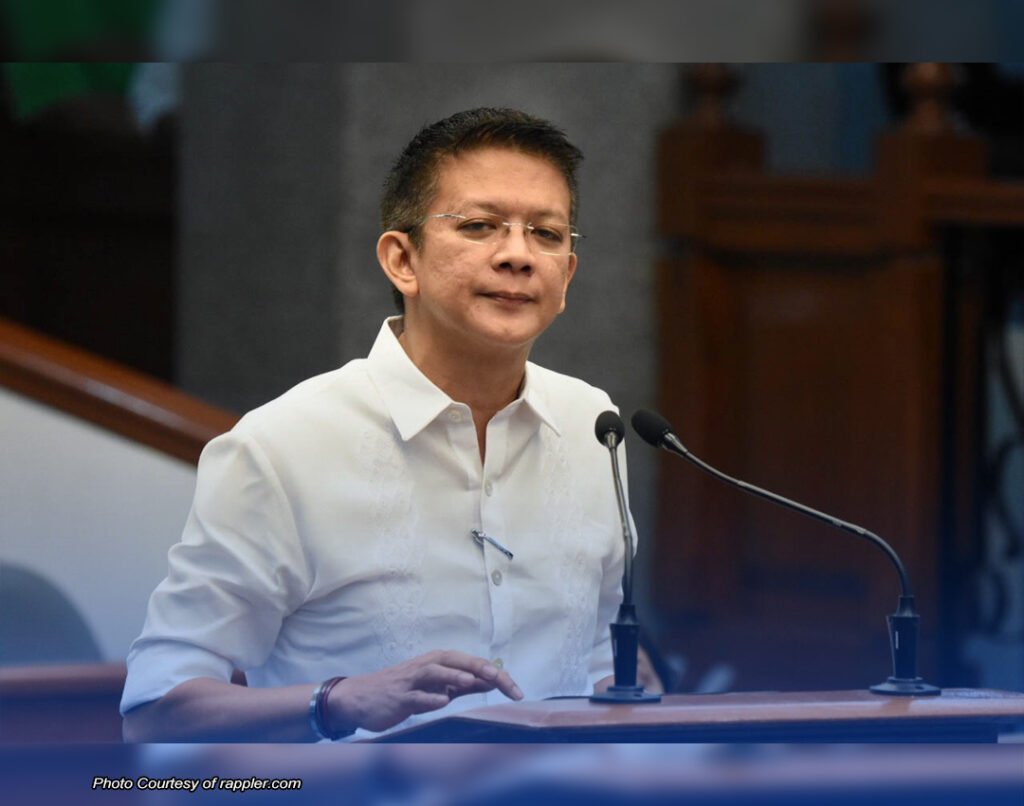ISANG “welcome development” ang paglagda ni Pangulong Rodrigo Duterte sa executive order (EO) na nag-apruba sa Coconut Farmers and Industry Development Plan (CFIDP) na marelis ang P75-billion trust fund mula sa coco levy assets upang tustusan ang pag-unlad ng coconut industry na pakikinabangan ng 3.5 million farmers, giit ni Sen. Cynthia A. Villar.
Naisabatas noong Pebrero 26, 2021 ang Republic Act (RA) No. 11524 o ang Coconut Farmers and Industry Trust Fund (CFITF) Act na inakda ni Villar at naging epektibo noong Marso 13, 2021.
“This marked the fulfillment of President Duterte’s promise to return the coco levy funds to their true and rightful owners – the coconut farmers,” ayon kay Villar, chairperson ng Senate Agriculture and Food Committee.
Sinabi ni Villar na ang Pilipinas ang pangalawa sa pinakamalaking producer ng niyog sa buong mundo, pangalawa sa Indonesia.
“Davao Region is still the top coconut-producer which contributed 14.4% to the country’s total production. Zamboanga Peninsula followed with 13.6% and then Northern Mindanao with 12.9%. By island group, Luzon produces 20%, Visayas 34%, and Mindanao 46% of our coconut output,” ayon kay Villar.
Tinantiya ng Presidential Commission on Good Government (PCGG) ang kabuuang halaga ng coco levy cash assets sa P113.88 billion, kung saan P76.4 billion ang cash, base noong December 31, 2020. Ililipat ang halagang ito sa Coconut Farmers and Industry Trust Fund (CFITF) sa loob ng limang taon.
“We thank President Rodrigo Roa Duterte (PRRD) for this legacy that he will leave to the Philippines’ coconut industry and the Filipino farmers and farm workers,”sabi pa ni Villar, chairperson ng Senate committee on Agriculture and Food.
Sa ilalim ng EO 172, inaprubahan ni Duterte ang Coconut Farmers and Industry Development Plan (CFIDP) upang palakasin ang kumpetisyon ng coconut farmers sa bansa.
Sa paglagda sa EO noong June 2, 2022, kinilala ng Pangulo na mahalagang magkaroon ng plano para paunlarin ang coconut industry.
“There is a need to approve the CFIDP to increase overall productivity and income of coconut farmers, alleviate poverty, and achieve the twin objectives of rehabilitating and modernizing the coconut industry to attain social equity,” ayon sa EO.
Binigyan diin ni Villar na may mataas na potensiyal sa paglago ang ating industriya ng niyog sa pamamagitan ng productivity enhancement, diversification, at industry value-addition.
Subalit, aniya, maraming problema ang kinakaharap ng industriya ng niyog. Kabilang sa mga ito ang “unorganized supply chain, vulnerability of coconut to world price fluctuations, low farm productivity, which roots from infestations of cocolisap, the aging of current crop of coconut trees and poor nutrition, inadequate infrastructure support and poor farm to market roads.”
Itinatakda rin ng EO 172 na ang Philippine Coconut Authority (PCA), kasama ang ibang concerned government agencies, ang magpapatupad ng CFIDP. (ESTONG REYES)
 132
132




